We are back in Kevo, and heading out to the field tomorrow. Today was therefore a day to get equipment ready.
Still No Laser…
The laser that analyzes gas samples in the field has not yet made it to Finland. Kim is disappointed, as this means putting more gas samples in vials and taking them to the METLA lab in Rovaniemi later. She had hoped to avoid using that gas chromatography machine again!
This also meant that the vials we emptied of gas sample at the METLA lab needed to have the labels pulled off and new ones put on. We also had to evacuate 48 vials for use tomorrow. This meant pulling all the gas/air out with a syringe, creating a vacuum inside.
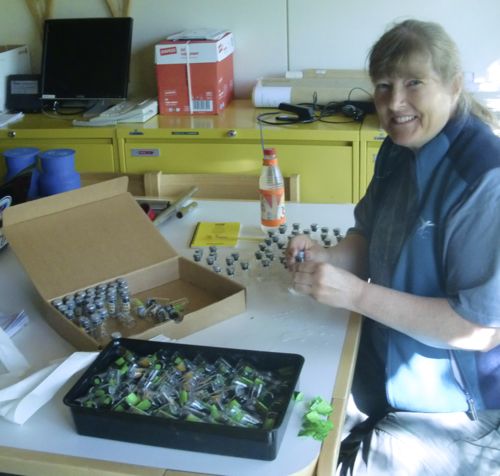
In Rovaniemi Kim had prepared the collar caps to be used with the laser. The laser attaches through tubing that require special fittings glued into the cap. We now had to put septa (a barrier) back into these holes, so that we could poke the syringe needle through, but otherwise the caps would be sealed. This required some stoppers and marine adhesive.
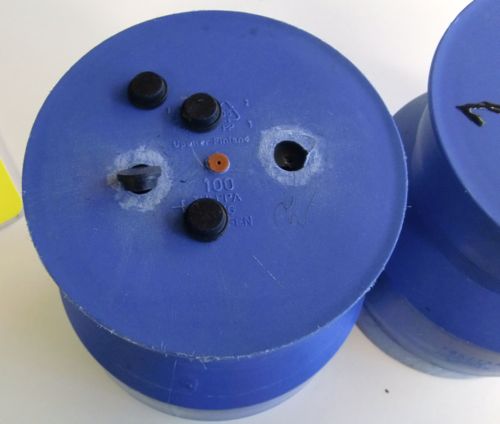
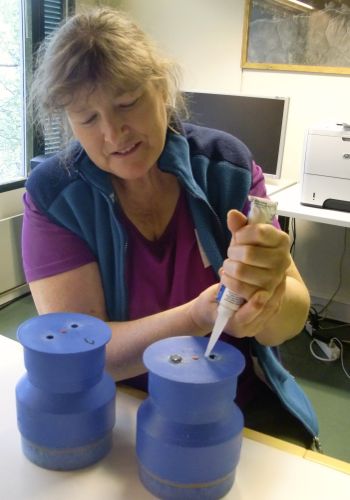
However…
Although the laser has yet to be shipped, Kim was successful in getting the tubing for the laser released from the customs officials in Utsjoki. This process has taken a while, a lot of paperwork, and some Euros. I did hear Kim mention how hard it was to do research in a different country!
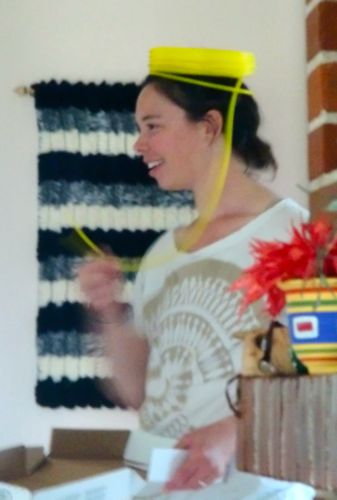
Scotty wondered why the heck this tubing was so special that it had to be imported from the USA.
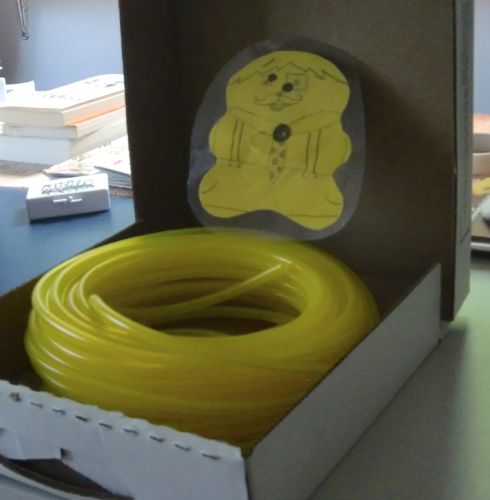
He discovered that this tubing is not affected by UV radiation or ozone, and it will not collapse when the laser applies a vacuum to extract the gas sample from the cap. OK, Scotty figured that it WAS a good thing to import exactly what was needed from a known source in the USA!
Calibrating the pH Probe
The pH meter has to be calibrated weekly to make sure the readings we get in the field are accurate. This involves putting the tip of the probe into buffering solutions that have a known pH. As the pH readings in the wetland are in the pH 5-6 range, we calibrate the probe twice, using a pH 4 then a pH 7 solution. This brackets the readings we expect to get in the field.
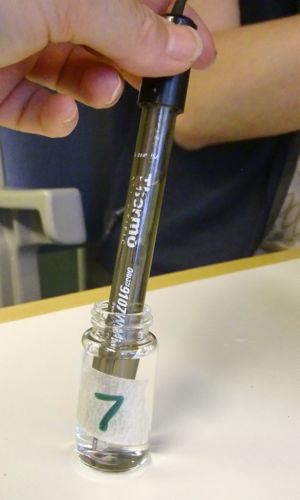
For the lower pH buffer solution, the probe read pH 4.01, which in fact is the exact pH of the buffer. The pH 7 reading was also accurate, so we are good to go!
But how does this pH probe work? The protons in a solution (the H+ ions) will move across the glass membrane of the probe tip, balancing the number of protons on each side of the glass. Once the protons are in equilibrium, the wire that you can see inside the tip of the glass probe records the amount of protons present as a measurement of pH.
The small metal rod that you see next to the glass tip at the end of the probe is the thermometer.
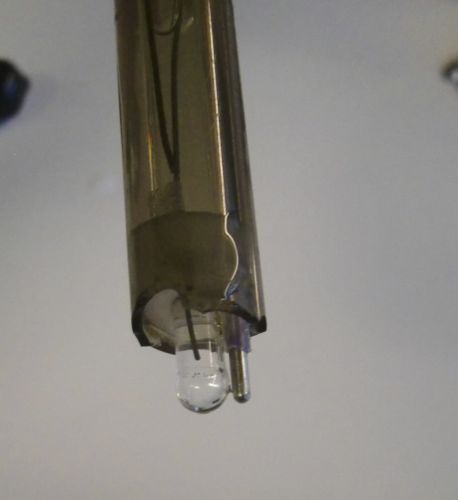
Jeesus Teippi
Jeesus Teippi is pronounced "yay-zeus tepi" and, you guessed it, lives up to its name in Finland, just as it does in the USA! Lauri was gluing his boots with some of the marine adhesive we had on hand to seal the septa into the collar caps. He used the duct tape to hold the parts down until the glue could dry.
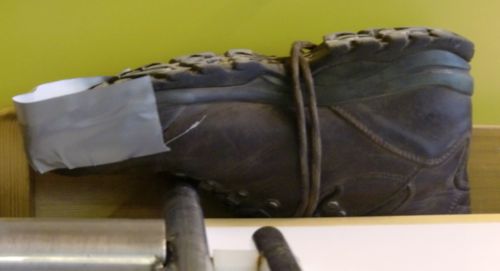


Comments